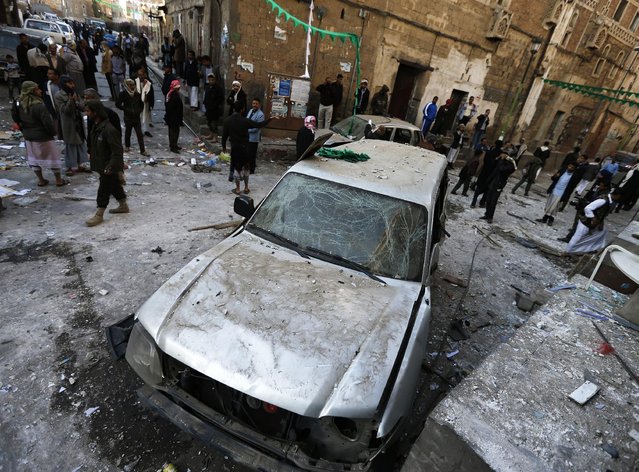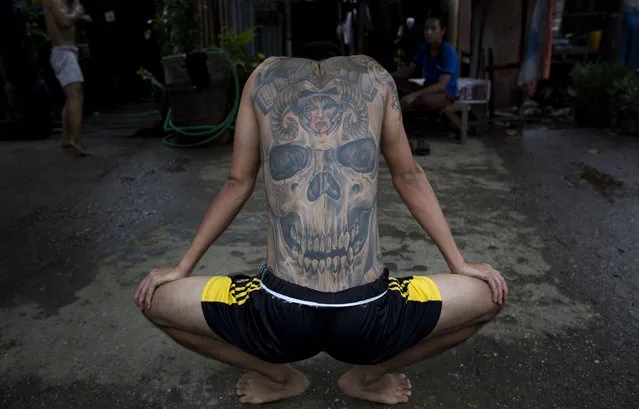
People gather at the site of a bomb explosion in Sanaa December 23, 2014. Five bombs exploded on Tuesday in Sanaa's old quarter, where many supporters of the Shi'ite Muslim Houthi group live, killing at least one person and wounding another, a Yemeni security official said. No one has claimed responsibility for the attacks, but the Houthis have been fighting the Sunni Islamist militant al Qaeda group and allied tribesmen since its gunmen captured Sanaa in September and forced the resignation of a government they had long seen as corrupt. (Photo by Khaled Abdullah/Reuters)
24 Dec 2014 13:55:00,post received
0 comments







